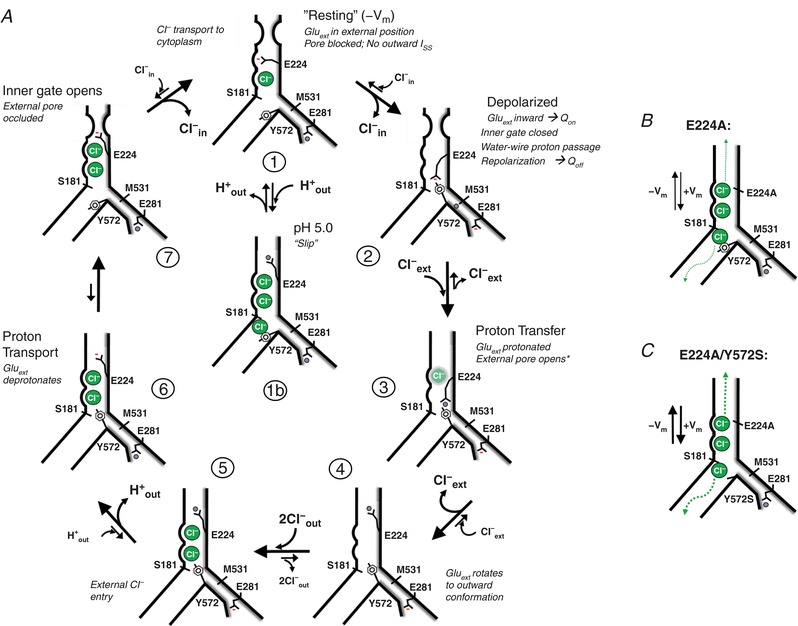Figure 9. Proposed model for ClC‐3 physiological transport.

A, the depicted cycle incorporates concepts from recently published models (Bennetts & Parker, 2013; Basilio et al. 2014; Khantwal et al. 2016). Our results demonstrate that voltage‐dependent transport is essentially unidirectional (Cl− influx, H+ efflux) on a millisecond–second time scale. In a negative voltage field (State 1; −V m), E224 (Gluext) is charged and externally rotated, and occupies the Cl− ext site). State 1 is equivalent to the “outer‐facing closed” state described in Khantwal et al. (2016), in which the pore is effectively blocked by E224. From a negative “resting” V m, hyperpolarization does not elicit detectable gating charge movement or ion current. Depolarization drives inward E224 rotation (Q On) into a central position (State 2). This charge movement is prominent in ClC‐3. A large Q Off/I SS ratio is consistent with a relatively low efficiency of proton transport along the internal water‐wire to Gluext (Han et al. 2014). The data support an interaction between E224 and Y572 to create a tightly closed inner gate conformation (Bennetts & Parker, 2013). In the absence of internal proton supply (e.g. E281Q), this gate is tightly closed to Cl− flux, but is leaky in the absence of Y572 (Y572S). In State 3, an internal proton is transferred to E224, disrupting the E224–Y572 association. Protonated E224 rotates outwardly to its preferred outward conformation (State 4), allowing entry of two extracellular Cl− anions into the pore (State 5). E224 deprotonation (State 6; corresponding to State 1 of Khantwal et al. (2016) may trigger a conformational occlusion of the outer pore, and the opening of the internal anion gate (Bennetts & Parker, 2013; Basilio et al. 2014; Khantwal et al. 2016) (State 7), allowing sequential influx of two Cl− anions (States 1–2). With increasing concentration of external protons, the protonation of E224 in State 1 is proposed to cause E224 to readopt its outward conformation (State 1b), allowing uncoupled Cl− entry in the presence of the open internal gate. Transition to State 1b slows the exchange cycle, resulting in reduced transport and less tightly coupled exchange. Uncoupled Cl− transport in this state may be limited by innately poor anion conductance, similar to E224A. In the absence of Y572 (Y572S), anion “slippage” may occur in E224 inward‐ (States 2–3) and outward‐facing states (States 4–7) where the entry of extracellular Cl− is permitted. B, the absence of Gluext (E224A) abolishes gating charge movement and proton transport, and allows bidirectional anion transport, irrespective of the presence/absence of E281. The limited transport rate of E224A indicates that Y572, or a conformational barrier (Khantwal et al. 2016), limits Cl− conductance. C, the “gateless” condition (E224A/Y572S) creates a large, channel‐like anion conductance. [Color figure can be viewed at http://wileyonlinelibrary.com]
